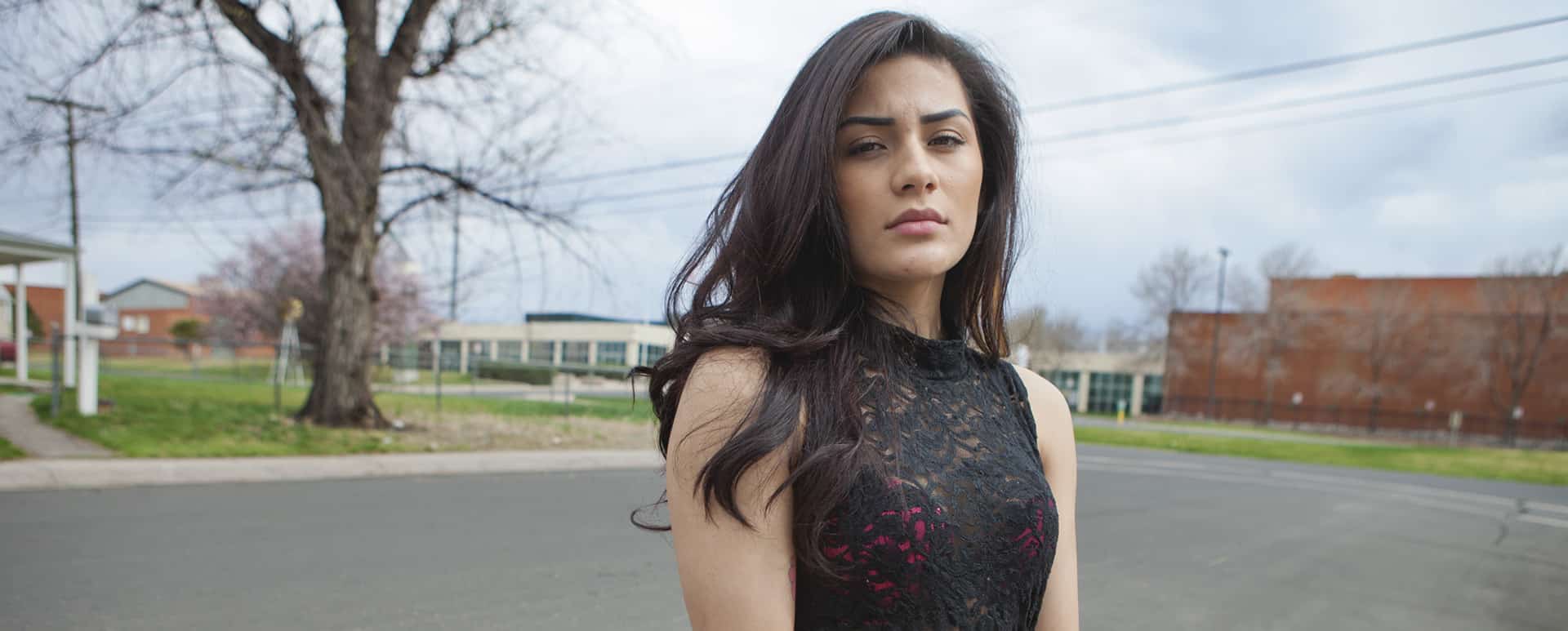How to represent violence? Through the work of three photographers, our columnist explores this complex question of photography.

You’re getting blind.
Don’t miss the best of visual arts. Subscribe for $9 per month or $108 $90 per year.
Already suscribed ?



